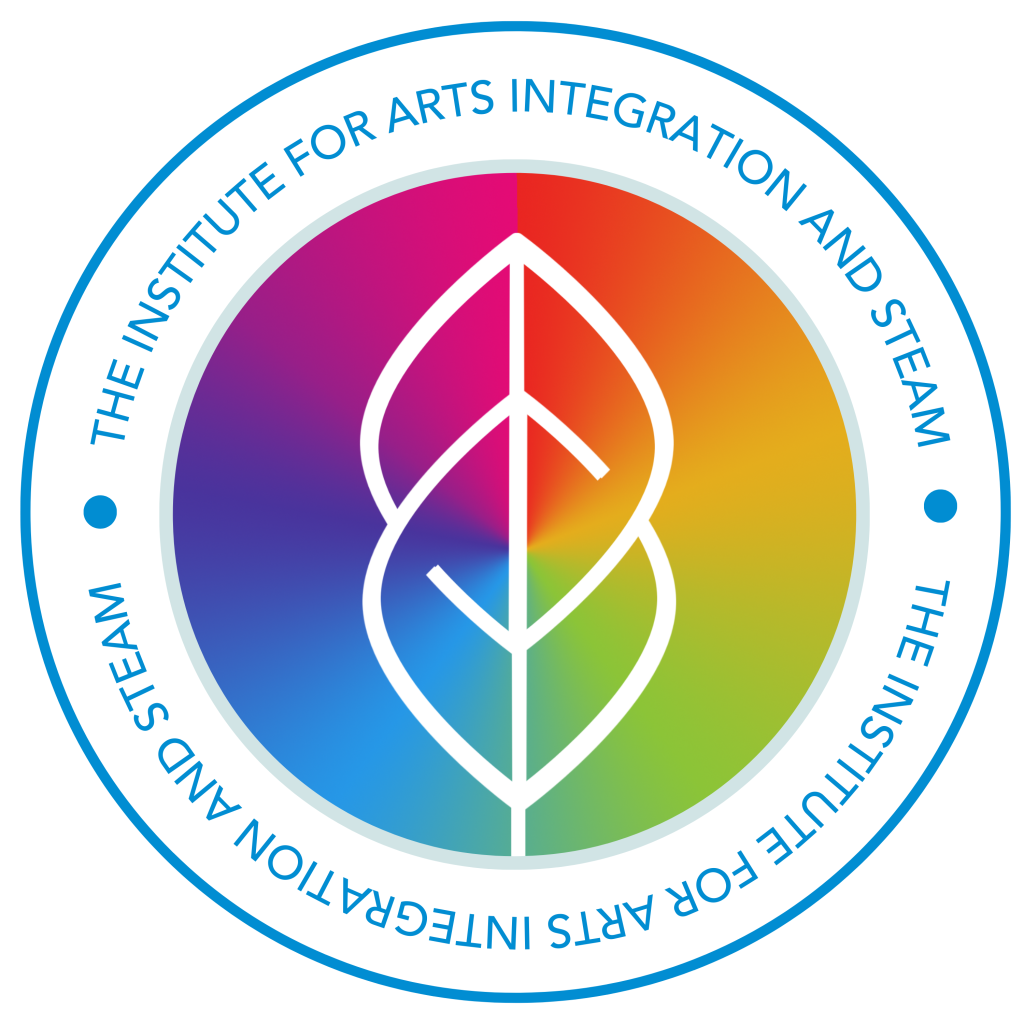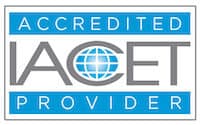June 2022 5 Steps to Stress-free Writing
3 Min Read • Literacy
Writing. It’s hard to teach. It’s probably the subject teachers tend to struggle with most, and yet it is so important and integral to a student’s school years and beyond. There are gurus and books and strategies, but they tend to treat writing in isolation. But what happens if we don’t? What happens if we use the arts to help instruct writing. And not just any writing, but stress-free writing?
Create – Don’t Think
Give students the opportunity to create something – anything. The only direction you should give them is to remember how they make their creation, and to try to keep track of the steps they follow. Let them have stress-free fun, become engaged, and immerse themselves in their creation. Don’t make them think now, just let them become immersed in their imagination and creativity.
Talk with a Friend
After the pieces have been created, ask students to just chat with friends about the art. Let them share what they did, ask questions of each other, and just enjoy learning from each other. Or, ask them to teach their peer the steps as to how they created the art. Again, no thinking, no stress.
Talk to Yourself
Now have students “talk to themselves”. Put them in front of a recording device (phone, computer, anything) and a mirror in front of them. You could also use a stuffed animal instead of a mirror. With the recording device on, Ask them to share step by step what they did to create the piece. Here’s where they can START thinking (and the is only a little bit of thinking) and consider the challenges, obstacles and success they met with in creating the art.
Write it Down
Give each student a set of headphones, turn on their recording and ask them to simply write out the sentences they spoke. What they are doing is focusing on their creativity, and taking out the layer of thinking too much about what they are writing. Simply scribing the words they spoke gets them out of their heads so not only will they get the words down, but they will feel successful! They will look at a page full of words feeling like they are authors – which they are. You helped them by simply taking away that blank page and separating the anxiety of thinking and writing. See? Stress-free writing!
Edit and Revise
Now they can read through their spoken words (which are all written down now) and re-read them for fluency and proper grammar. Ask them to revise as needed. We write differently than we speak, so what doesn’t feel right in the spoken words they scribed?
When you approach writing in this way, what won’t you hear? The dreaded “I don’t know what to write about”. Give them the starting place of art. When do you ever see or hear a student not knowing how to jump in and create? Need to work on narrative writing instead of process writing? Use the same process, but instead of recording how they created the art, let them create an imaginative scene and just play with their creations. After playing with their imagination, go right to the recording step. They will likely not only be motivated to get the ideas down, but natural elaboration will take place in the editing and revising. Use this method as a launching point for any form of writing, and the stress of writing will melt away.
Remember the arts build confidence in so many more areas than the art itself. Allow your students the opportunity to see how the arts truly can integrate into any and all areas, especially writing.



